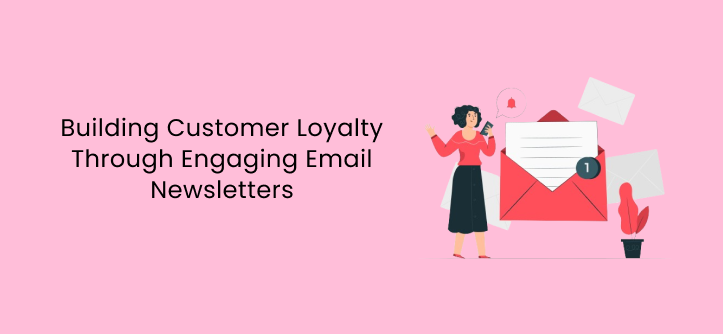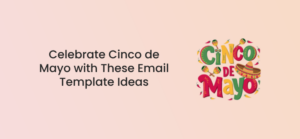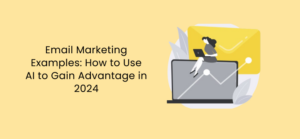Reflect on your most recent desire to purchase a smartphone. If you are accustomed to using Apple products, you’ll likely lean towards them once more. Whether it’s the user interface, functionality, or customer service, your positive encounters with an iPhone have left a lasting impression. This illustrates a customer loyalty case study, and you’re not the only one; numerous consumers develop strong attachments to specific brands.
This distinction is a key factor in determining the longevity of a company compared to its short-lived counterparts. Fortunately, mastering the art of fostering customer loyalty is more achievable than it might appear, thanks to a potent tool known as email marketing. In this article, we’ll explore how you can build customer loyalty through engaging email newsletters.
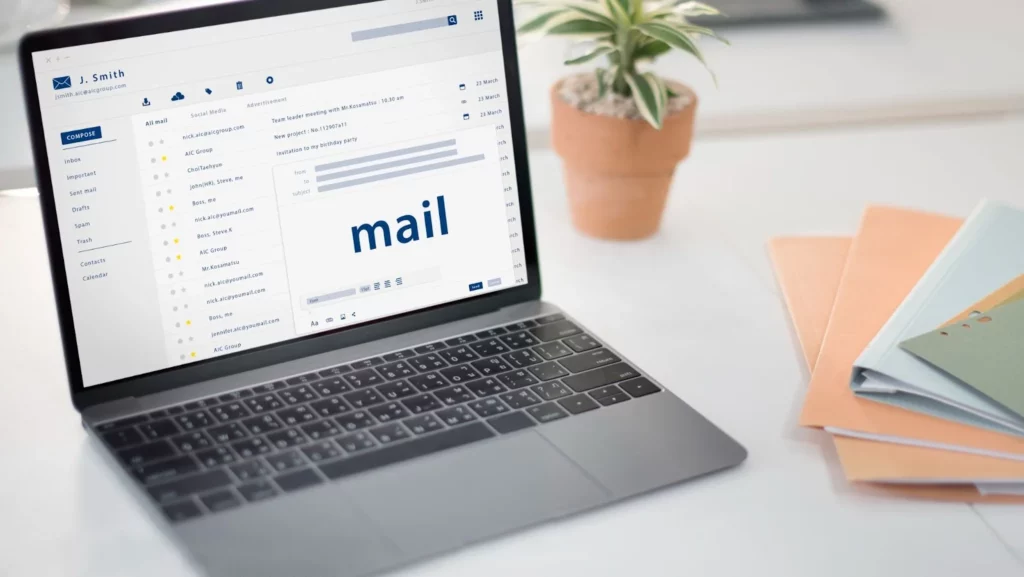
Explanation of the Customer Loyalty
Customer loyalty can be defined as the extent to which a consumer is inclined to engage in repeated transactions with a company. This inclination is shaped by positive purchasing experiences, satisfaction, and the overall perceived value of what a customer obtains from the business. Illustrated by the Apple example mentioned earlier, it holds true that customer loyalty is the bedrock of a thriving business.
It goes beyond mere repeat purchases; it involves a deep-seated connection between the brand and the customer. Loyal customers not only buy consistently but also become advocates, spreading positive word-of-mouth and contributing significantly to a brand’s reputation. Establishing this loyalty requires a strategic and sustained effort, with email newsletters serving as a key player in the overall customer engagement strategy. Loyal customers tend to maintain a long-term relationship with the brand, continuing to support it even in the face of competitive offerings or price changes. This sustained patronage contributes to the brand’s stability and profitability over time.
Creating Compelling Content
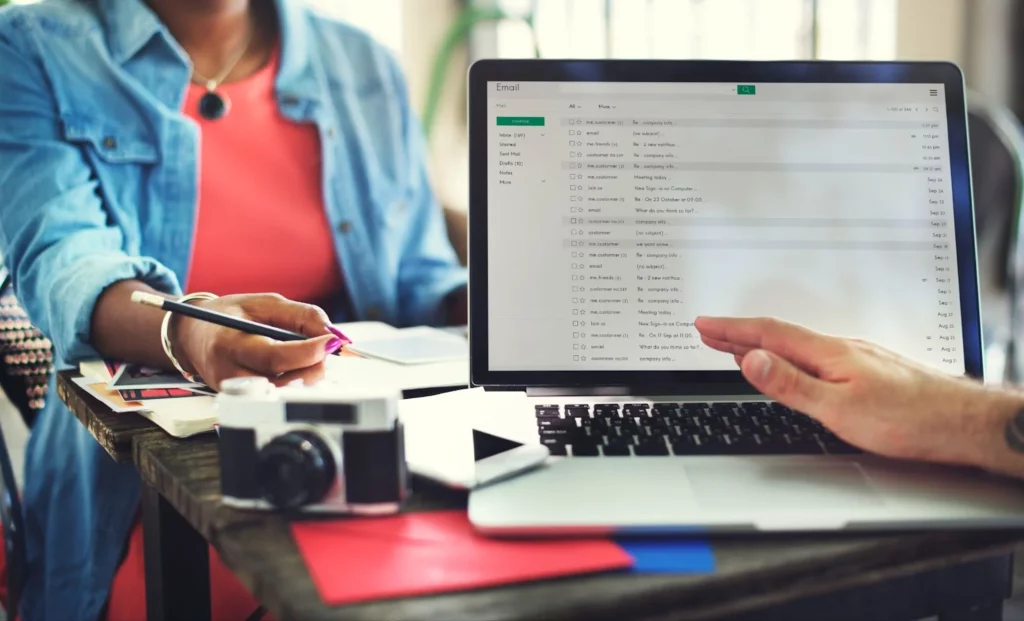
In the realm of email marketing, where the inbox is a battleground for attention, creating compelling content is akin to wielding a mighty sword. The success of your email newsletter hinges on content that not only captures the fleeting attention of your audience but also leaves a lasting impression, making them eagerly await your next dispatch.
At the core of compelling content lies the art of storytelling. Human beings are inherently drawn to stories; they create emotional connections, stimulate curiosity, and make information memorable. For instance, you can run a holiday email marketing campaign, incorporating a narrative structure into your newsletters to transform them from mere announcements into immersive experiences.
In addition, consistency is the cornerstone of effective branding. Your email newsletters should reflect a consistent brand voice and tone across all communications. Whether your brand personality is playful, authoritative, or friendly, maintain that tone consistently. This consistency creates a familiar and comforting experience for your subscribers, reinforcing your brand identity with every interaction.
Personalization Techniques
One-size-fits-all is an outdated approach in the era of personalized experiences. Customers now expect tailored content that resonates with their preferences and behaviors. Personalization is not just about using the recipient’s name; it’s about understanding their needs and delivering content that feels specifically curated for them.
At the heart of effective Ecommerce personalization lies customer segmentation, a strategy dividing the audience based on shared characteristics. By understanding unique traits, content can be tailored dynamically, adapting to user behavior in real time. Integrating personalized product recommendations, location-based elements, behavioral triggers, and AI-powered predictive personalization further enhances the personalization spectrum.
Empowering subscribers through preference centers and continual testing and optimization ensures a commitment to understanding and valuing each customer as a unique individual in their journey with the brand. Mastering these techniques is more than a marketing strategy; it’s a dedication to forging enduring connections in the age of individualized consumer expectations.
Use Transparency to Build Trust

In the intricate dance between brands and consumers, trust emerges as the golden thread that weaves lasting relationships. In an era where authenticity reigns supreme, transparency has become the currency through which trust is earned and sustained. When you operate a sticker business or starting a clothing brand, the following steps can assist you in building trust using transparency via email newsletters:
1. Honest Product Updates: Customers appreciate honesty, especially when it comes to the products or services they invest in. In your email newsletters, embrace transparency by openly sharing product updates.
2. Behind-the-Scenes Glimpses: Peeling back the curtain and offering behind-the-scenes glimpses of your brand’s operations is a powerful transparency tool. Share stories about the people behind the brand, showcase the creative process, or provide insights into the day-to-day workings of your business.
3. Addressing Challenges Head-On: In your email newsletters, use transparent communication to address challenges head-on. Whether it’s a supply chain disruption or a service outage, inform your customers promptly and provide insights into the steps you’re taking to resolve the issue.
4. Customer Testimonials and Reviews: Incorporating customer testimonials and reviews into your email newsletters adds an authentic touch. Feature real stories from satisfied customers, sharing their experiences with your products or services.
5. Interactive Q&A Sessions: Invite your customers to participate in transparent communication through interactive Q&A sessions. Encourage them to submit questions or concerns, and address them openly in your newsletters.
Interactive Elements in Newsletters

Interactive elements in newsletters refer to any feature or content that allows readers to engage with the newsletter in a more dynamic and participatory way. Traditionally, newsletters have been static documents, typically containing text and images. However, with advancements in technology and design capabilities, newsletters can now incorporate various interactive elements to enhance user experience and drive engagement.
In an era characterized by fleeting attention spans and intense competition for audience engagement, the role of static content in email newsletters is analogous to a monologue in a world hungry for dialogue. From clickable images and visual storytelling to interactive polls, surveys, and quizzes, each element actively involves subscribers, fostering a sense of ownership in the brand.
Countdown timers induce anticipation, while interactive hotspots enable product exploration within the email itself. Live social media feeds bring dynamic content into newsletters, and dynamic carousels create visually appealing narratives. Clickable calls-to-action and animated GIFs enhance visual interest, while feedback forms invite direct input for continuous improvement.
In essence, the integration of interactive elements in email newsletters is not merely a trend but a strategic imperative. By evolving newsletters into immersive experiences, brands not only captivate audiences but also gather valuable data for future strategies. The era of static content is yielding to dynamic, interactive communication, transforming newsletters from mere messages into engaging experiences.
Consistency and Frequency Matters
Frequency and consistency are the pillars upon which a successful email marketing strategy stands. Determining the optimal frequency is an art, considering the risk of overwhelming subscribers or fading into obscurity. Utilizing segmentation allows tailored frequency based on audience preferences.
Regular analysis of metrics and feedback fine-tunes this strategy, aligning it with evolving audience preferences. Meanwhile, consistency does not equate to overzealousness; relevance and value are crucial to avoiding the spam label. Implementing a double opt-in process and clear unsubscribe options fosters positive relationships based on choice.
Beyond frequency, consistency extends to maintaining a unified tone and branding, creating an instantly recognizable brand. This cohesive approach goes beyond aesthetics, contributing to a seamless customer experience across various touchpoints. Gmail or Outlook signature setup is an often overlooked aspect of professional email communication, yet it plays a significant role in establishing brand consistency and professionalism. Ensuring that your email signature reflects your brand’s identity and includes essential contact information can enhance your email communications and leave a lasting impression on recipients.
Analyze Your Success
Measuring the success of your email newsletters goes beyond tracking open rates and click-through rates. True success lies in the ability to dive deep into email analytics, unraveling the intricacies of customer behavior. The following are the keys to unlocking the full potential of your email marketing endeavors:
1. Conversion Rates: Track the percentage of subscribers who complete a desired action, whether it’s making a purchase, filling out a form, or downloading content. This metric aligns closely with the ultimate goals of your campaigns.
2. Bounce Rates: Monitor the rate at which emails fail to be delivered. High bounce rates may indicate issues with your subscriber list or content, affecting the overall success of your campaigns.
3. Forward and Share Rates: Explore how often your content is shared or forwarded. High sharing rates can amplify your reach and indicate content that resonates with your audience.
4. Customer Segmentation: Break down your data into segments based on demographics, behaviors, or other relevant factors. Analyze how different segments respond to your emails, allowing you to tailor your strategies for maximum impact.
5. A/B Testing for Iterative Refinement: A/B testing, or split testing, is essential for refining email strategy. Experiment with variations in subject lines, content, calls-to-action, or send times to identify what resonates most effectively with your audience
Conclusion
Email newsletters are a potent tool for building and sustaining customer loyalty. By understanding the nuances of customer engagement, crafting compelling content, personalizing experiences, and leveraging transparency and interactivity, brands can create newsletters that not only capture attention but also forge lasting connections.
Consistency and frequency, coupled with a robust analytics strategy, ensure that the email newsletter remains a dynamic and evolving component of a comprehensive marketing approach. As businesses navigate the digital landscape, mastering the art of engaging email newsletters becomes not just a marketing strategy but a cornerstone of customer loyalty in the 21st century.
